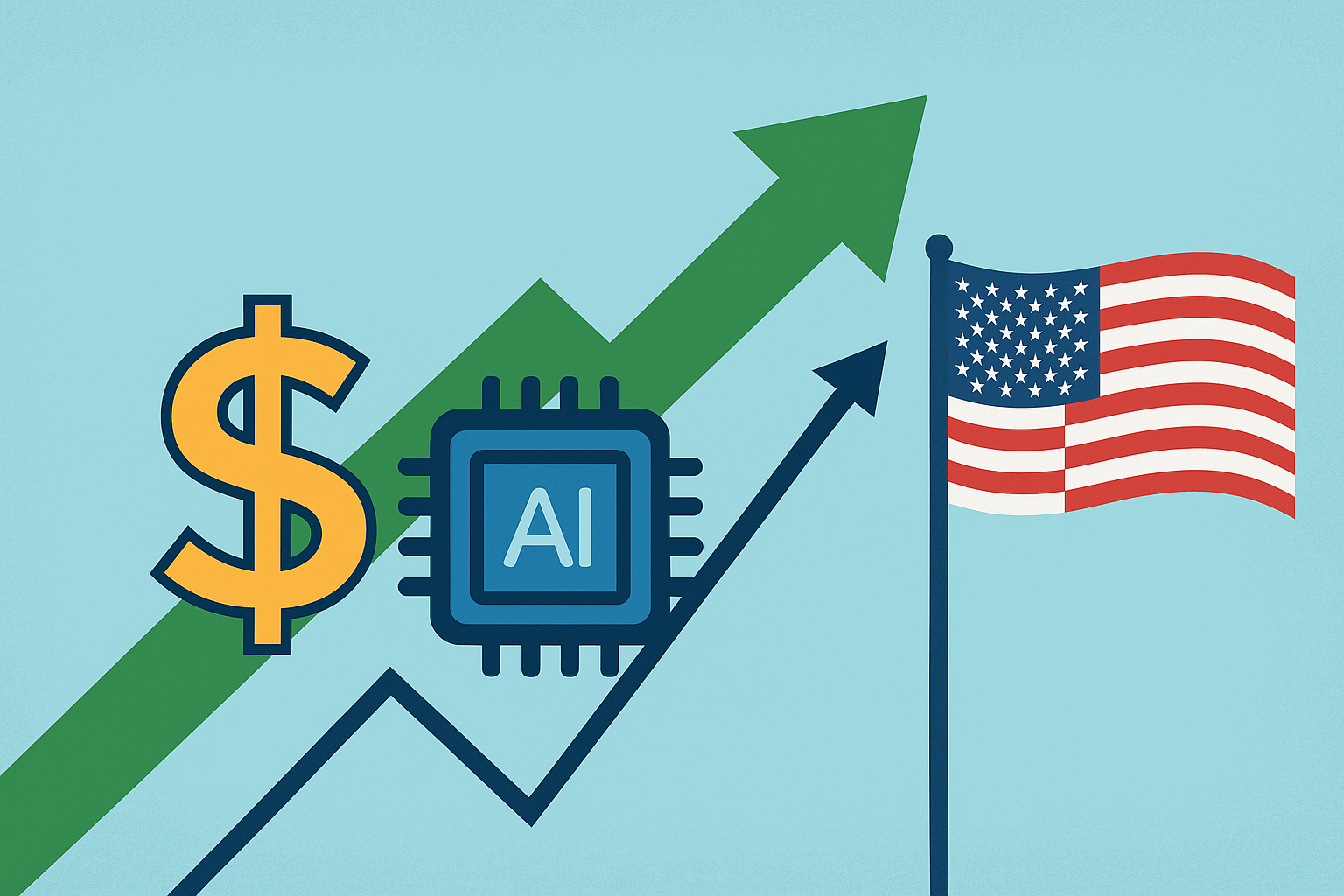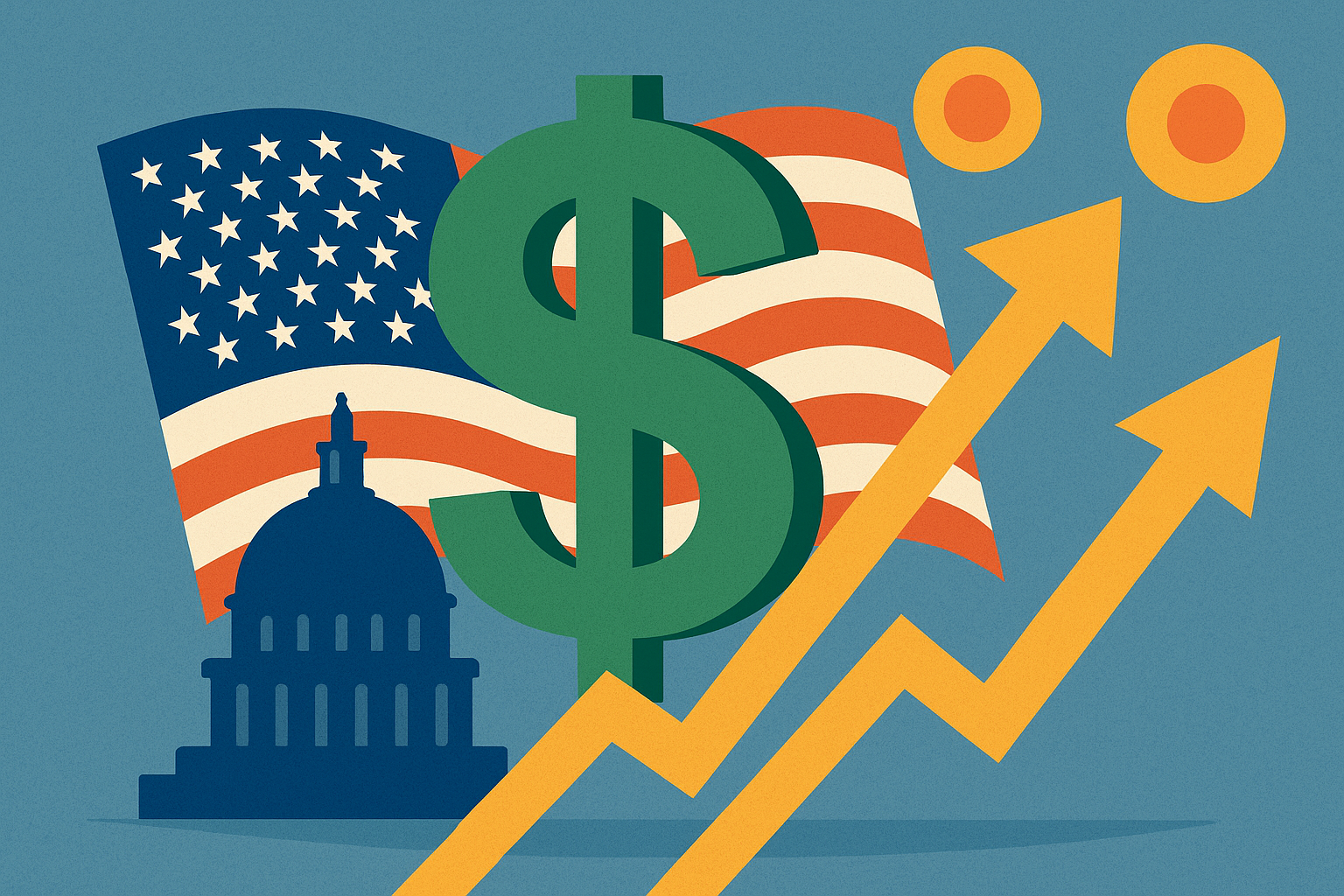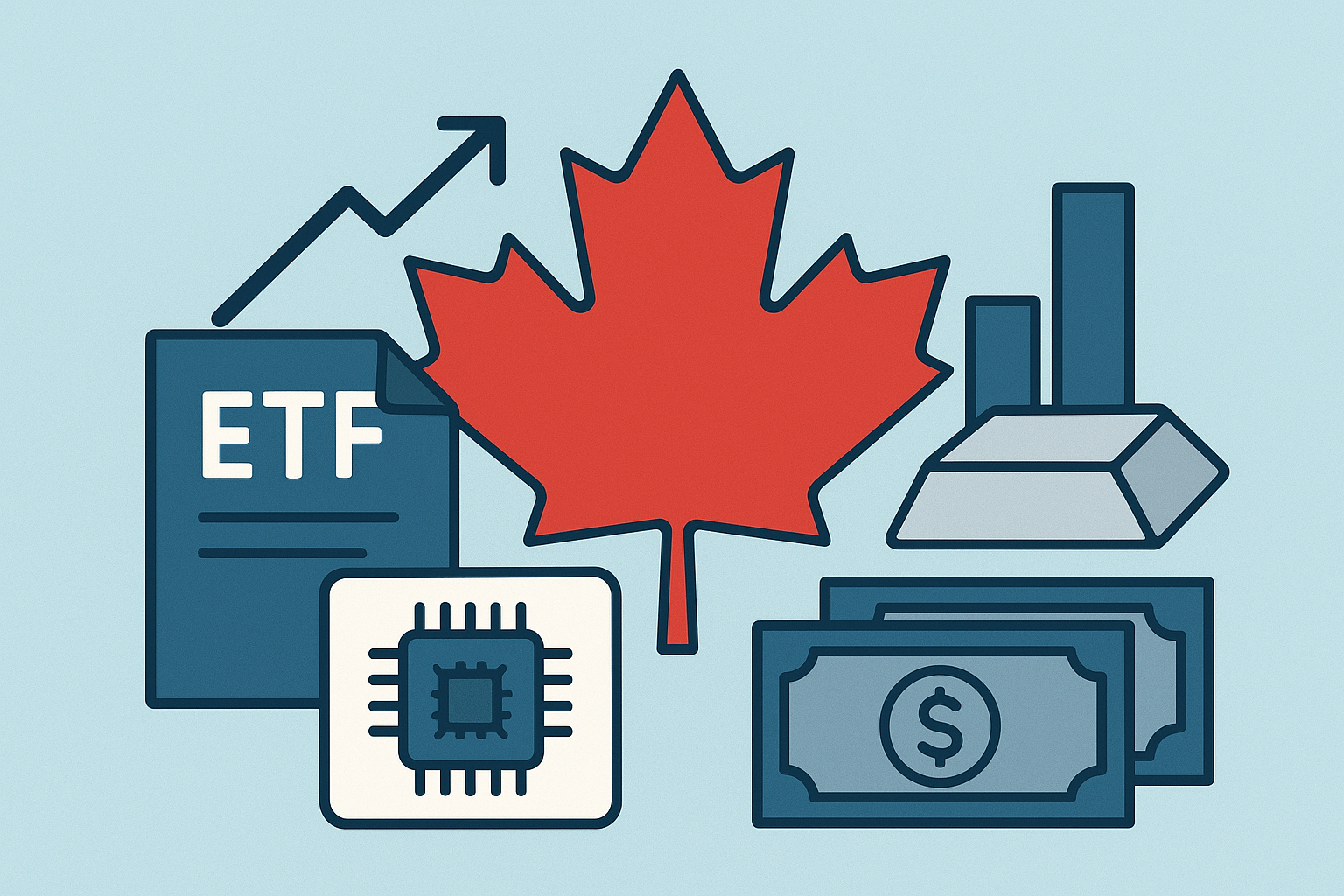Market Confidence Meets Caution
U.S. equity markets continued their upward trajectory this week, with the S&P 500 edging up 0.3%, the Nasdaq climbing 0.4%, and the Dow Jones Industrial Average posting modest gains, according to AP News. Tech shares once again led the charge, powered by Advanced Micro Devices (AMD), whose stock skyrocketed more than 30% following news of a landmark multi-year GPU supply agreement with OpenAI.
The upbeat sentiment underscores a growing divergence between the market’s optimism in artificial intelligence (AI) and lingering macroeconomic headwinds. With inflation moderating but interest rates still hovering near two-decade highs, investors are balancing the promise of transformative tech growth against the risk of valuation compression.
The AI Catalyst Driving Market Momentum
The AMD–OpenAI partnership represents a defining moment in the ongoing AI infrastructure boom, positioning AMD as a serious rival to NVIDIA in the high-performance GPU space. Analysts from Barron’s noted that “AI demand continues to anchor market optimism, propelling both semiconductor and cloud infrastructure stocks.”
The deal, reportedly spanning several gigawatts of GPU capacity, further solidifies AMD’s footing in a sector where compute power is quickly becoming the most valuable commodity. The announcement also triggered positive spillovers across AI-adjacent sectors — from data-center operators to cloud service providers like Microsoft and Oracle.
Meanwhile, Washington Technology reported that the ongoing U.S. government shutdown has disrupted federal IT procurement, delaying modernization contracts for agencies such as the Department of Energy and the Department of Defense. The mixed signals — booming private-sector AI investment versus government spending freezes — illustrate the uneven recovery of America’s digital economy heading into 2026.
Why This Matters for Investors
The near-record highs in U.S. equities mirror the market’s faith in the AI revolution as the next major growth engine. But as Goldman Sachs analysts recently warned, “AI enthusiasm could front-load returns and compress forward multiples if rates stay higher for longer.”
For investors, the takeaway is clear: AI-driven momentum is real but uneven. Semiconductor names like AMD and NVIDIA remain key bellwethers, but downstream beneficiaries — such as cloud operators, energy-efficient data-center REITs, and AI software enablers — may offer more balanced exposure.
In the broader market, defensive sectors like utilities and healthcare have lagged, while information technology and communication services dominate inflows. According to EPFR Global, equity fund inflows reached an 11-month high last week, signaling renewed risk appetite. Yet, with 10-year Treasury yields still above 4%, the cost of capital continues to challenge overleveraged growth names.
Policy and Geopolitical Undercurrents
While investors cheer corporate earnings, the political backdrop remains complex. Reuters reports that President Trump has expressed openness to extending the U.S.–Russia arms control limits, a move that could ease defense sector volatility. However, the government shutdown has started to delay IPO approvals and regulatory filings, threatening short-term capital market activity.
For 2026, this policy uncertainty — combined with election-year dynamics — could amplify market swings. Defense and aerospace equities, sensitive to treaty outcomes and fiscal policy, may see rotation depending on the administration’s next moves.
Future Trends to Watch
- AI Infrastructure Expansion: Multi-billion-dollar GPU buildouts will drive capital expenditures across semiconductors, cloud data centers, and utilities.
- Monetary Policy Shifts: A potential Fed rate cut cycle in mid-2026 could re-ignite growth equities but pressure the dollar.
- Government IT Modernization: Once the shutdown ends, pent-up federal spending could benefit defense contractors and cybersecurity firms.
- Energy Transition and Security: Rising global tensions and green-tech mandates may realign investment flows toward resource independence and defense technology.
Key Investment Insight
AI is the dominant macro-theme bridging the stock market, technology, and policy landscapes. While short-term volatility will persist — especially if rates remain elevated — the structural trend toward digitization and autonomy offers long-term upside. Investors should focus on companies with tangible earnings visibility and strong balance sheets in the AI, cloud, and semiconductor ecosystems.
The 2026 landscape will reward those who blend innovation exposure with discipline in valuation. Diversified portfolios that balance growth with macro-hedged assets such as energy, defense, and infrastructure remain the prudent play.
Stay ahead of market shifts with MoneyNews.Today, your trusted source for real-time insights, actionable investment analysis, and the trends shaping tomorrow’s financial landscape.





